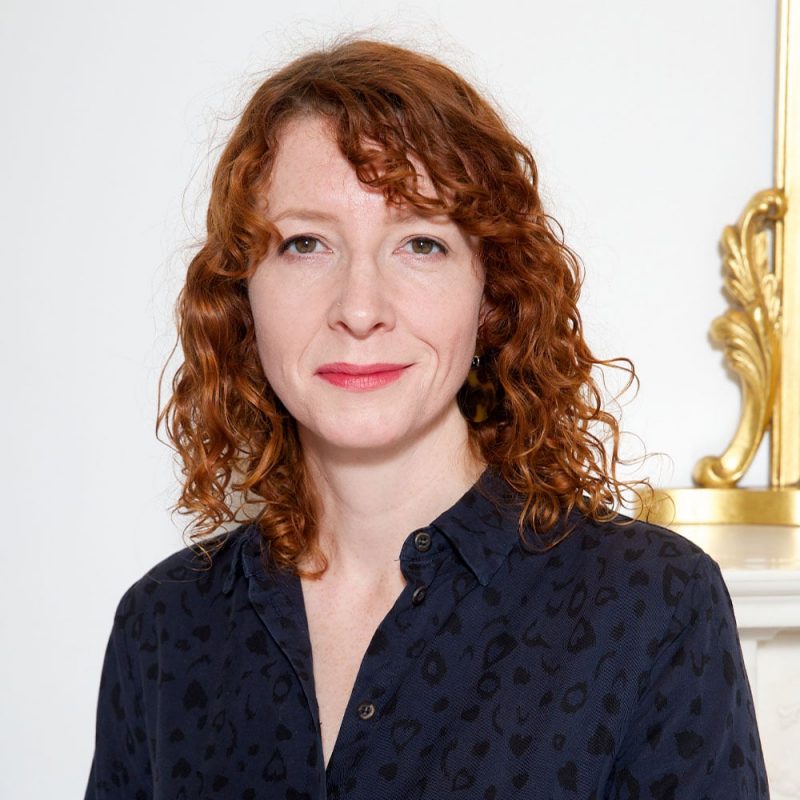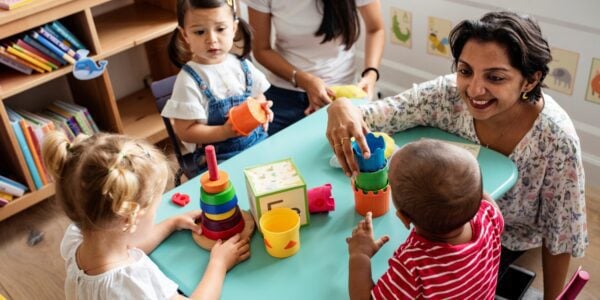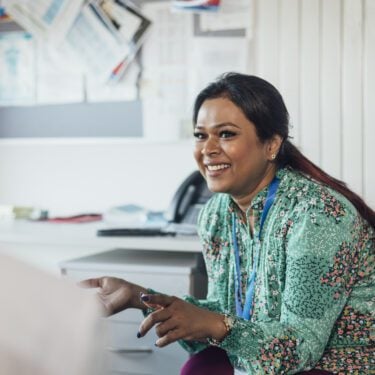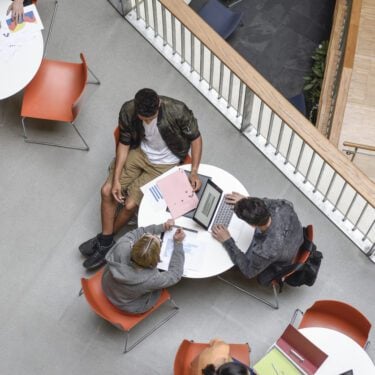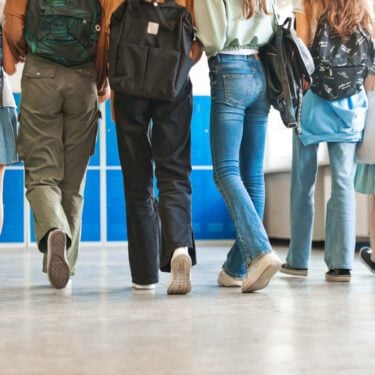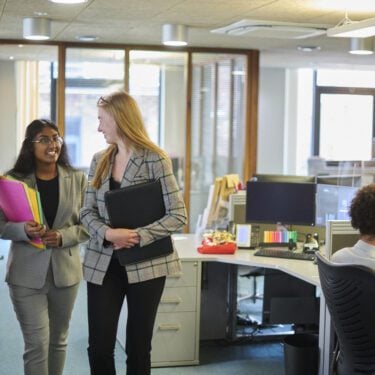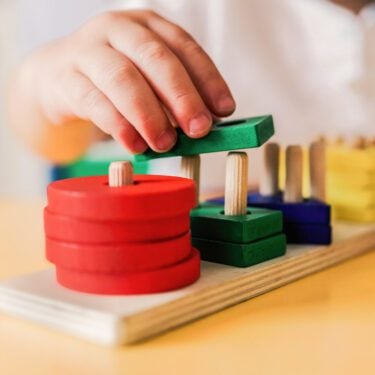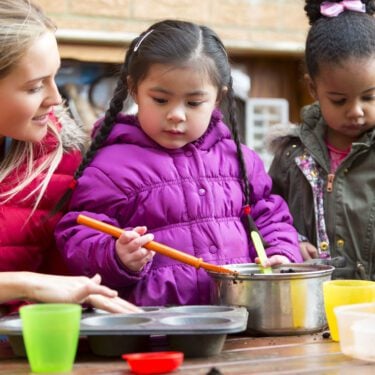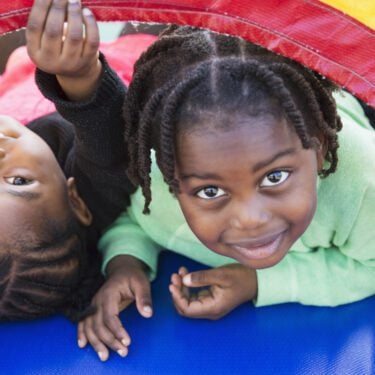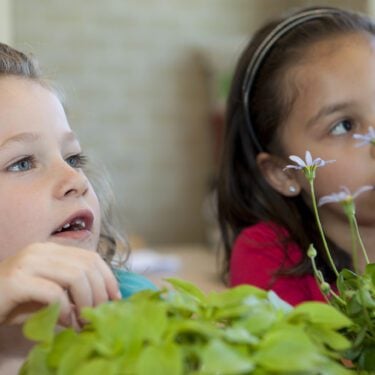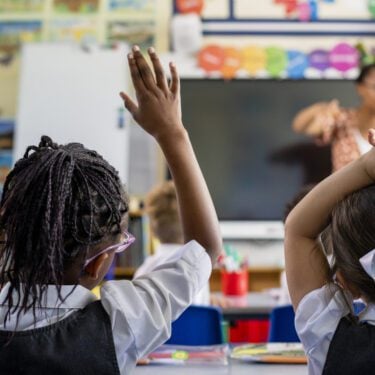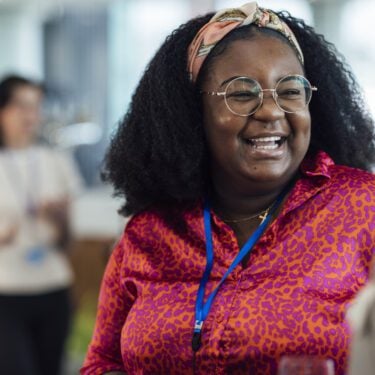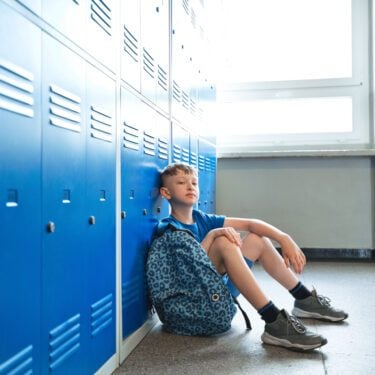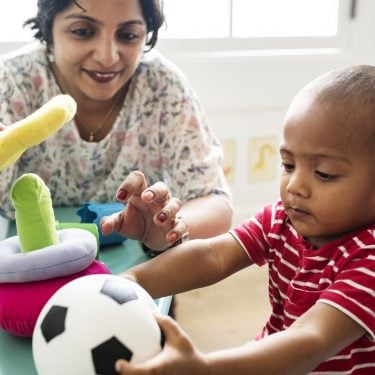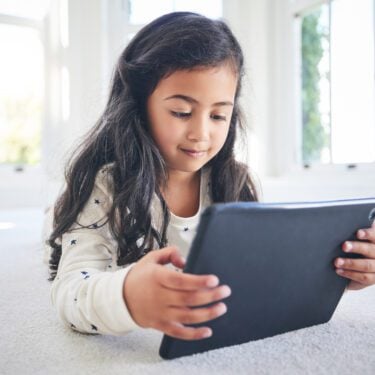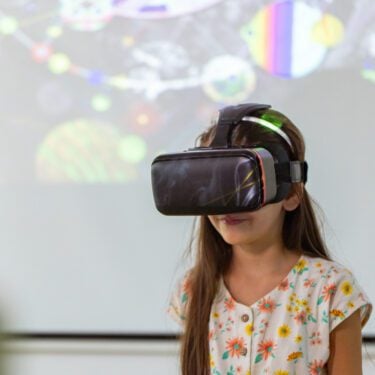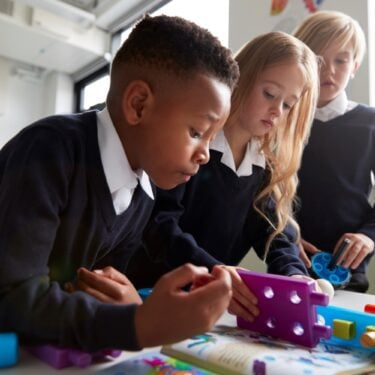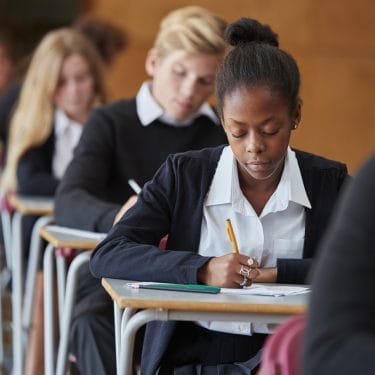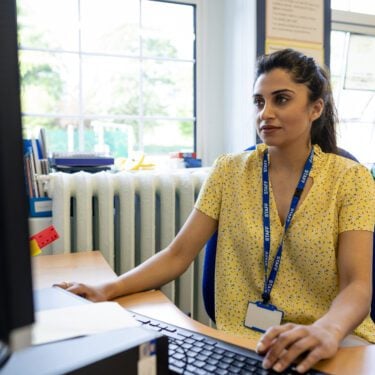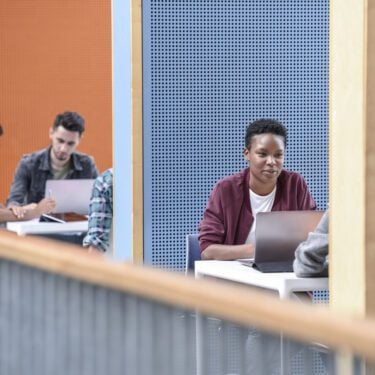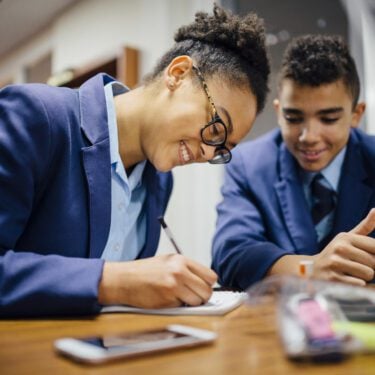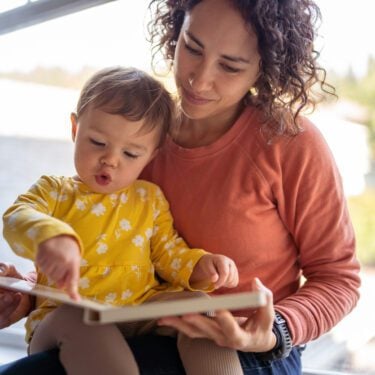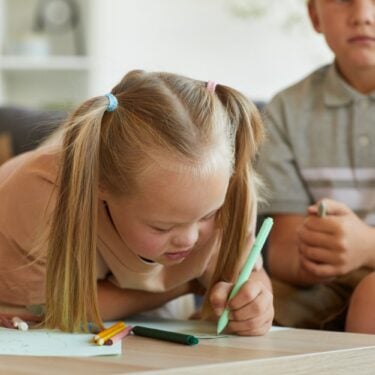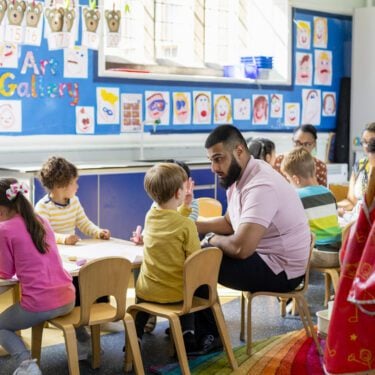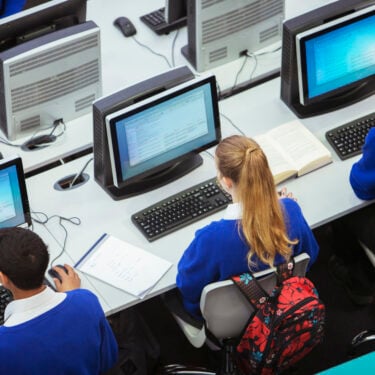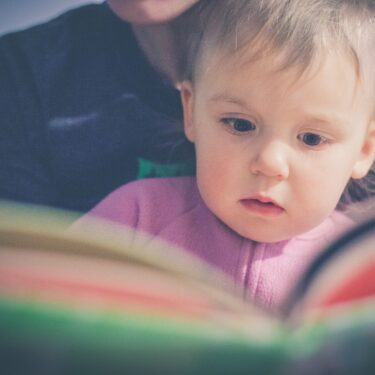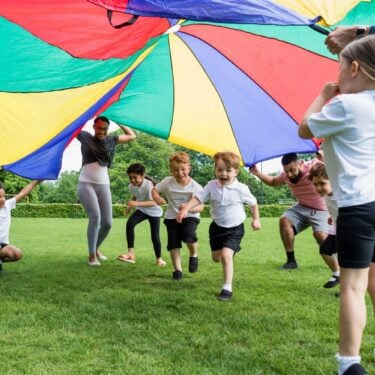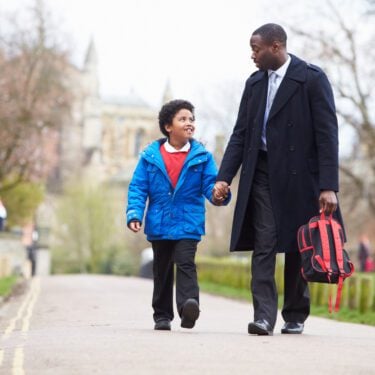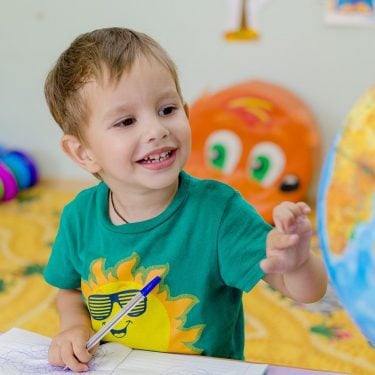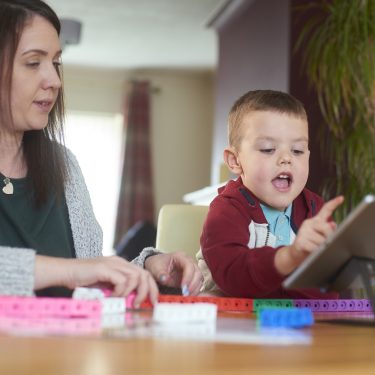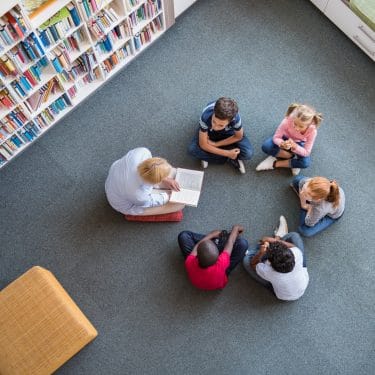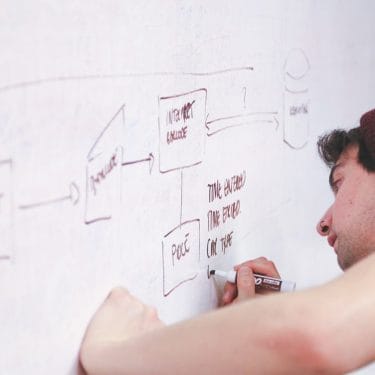-
Professor Sam WassUniversity of East London
-
Dr Gemma GoldenbergUniversity of East London
-
Dr Muhammad Ehatisham-ul-HaqUniversity of East London
-
Claire ReedEarly Years Alliance
-
Michael FreestonEarly Years Alliance
Project overview
This project will investigate how noisy early years education settings impact language development in disadvantaged infants and test mitigation strategies.
Why this project is important
One in six children experience early language delays which can lead to delays in other areas of development including cognitive, social, and emotional skills.
The causes of language delays are varied, however, evidence from school-aged children suggests that noisy classrooms are associated with worse child language and literacy outcomes, particularly for those from socio-economically disadvantaged backgrounds. Few studies have investigated the effects of noise in early years settings. As a result, there is no mention of noise in the Ofsted early years research and best practice guides.
What it will involve
The research team aim to address this gap by:
- Using state-of-the art wearable monitors and machine learning they will track, in detail for the first time, how ambient environmental acoustics and the clarity of early years practitioner communication affects early language production and comprehension in infants in early years settings.
- Exploring practical, cost-effective ways in which these negative effects of noise can be mitigated using low-cost noise dampening techniques and staff training to maximise the clarity of practitioners’ communication.
The first phase of research will involve 250 children aged 12-24 months, recruited through the Early Years Alliance’s nurseries in deprived areas of the UK. Wearable devices will monitor noise and language interactions, record video of the children and practitioner interactions, and monitor heart rates and movements of the wearers.
The second phase will implement and evaluate two interventions: acoustic modifications (e.g., noise-dampening materials) and practitioner training (e.g., enhancing speech clarity and gestural communication).
How it will make a difference
Findings will be shared with early years practitioners via training sessions, practitioner-targeted articles, and podcasts; policy makers through targeted briefs and roundtable events; and parents through media appearances, parent engagement events, and articles.
